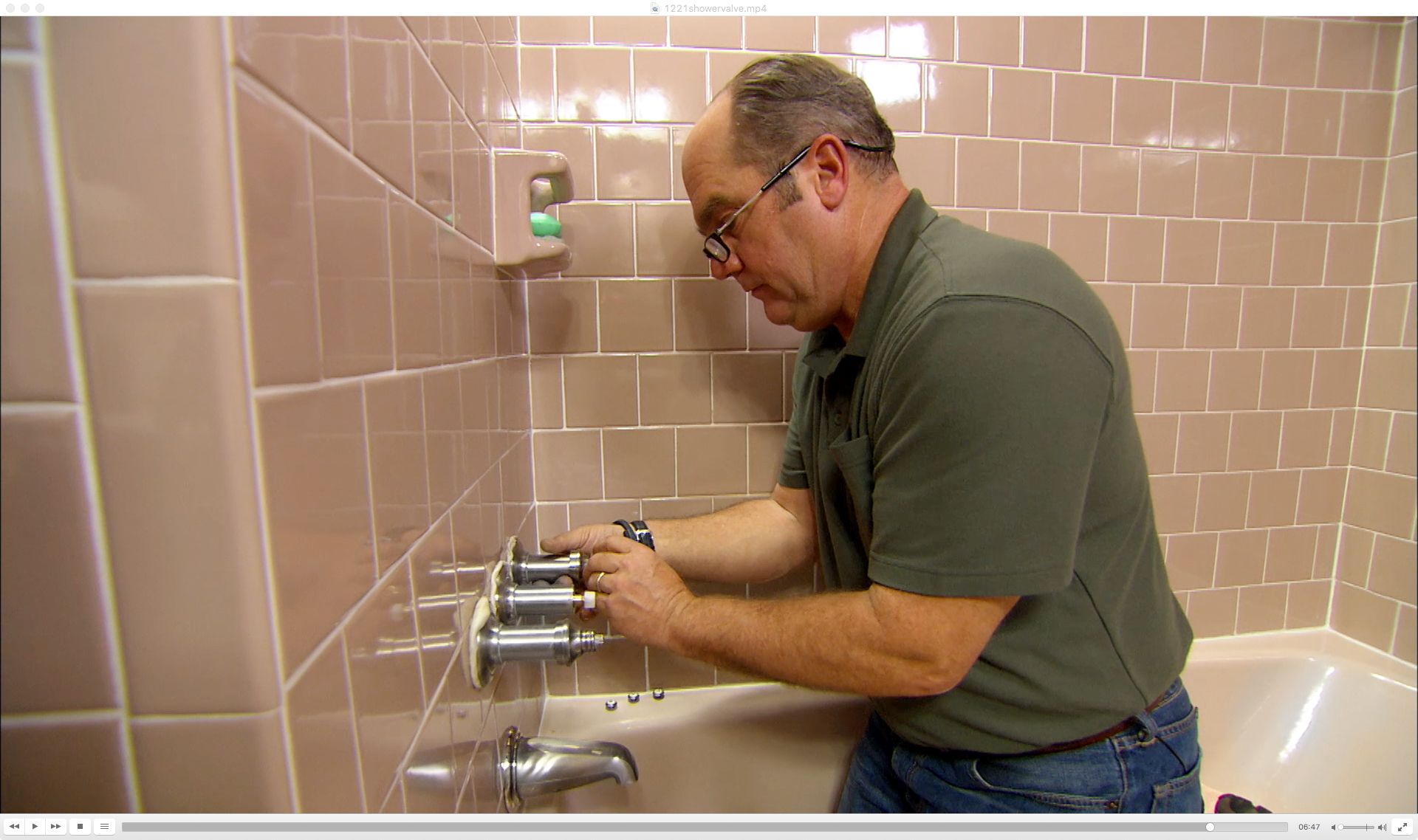

Articles
How Does Shower Faucet Work
Modified: August 31, 2024
Discover how shower faucets work in this informative article. Understand the mechanisms behind shower faucet functionality and improve your knowledge on plumbing systems.
(Many of the links in this article redirect to a specific reviewed product. Your purchase of these products through affiliate links helps to generate commission for Storables.com, at no extra cost. Learn more)
Introduction
Shower faucets are an essential part of our daily routines, providing us with a refreshing and relaxing bathing experience. But have you ever wondered how these seemingly simple fixtures actually work? In this article, we will explore the fascinating world of shower faucets, diving into their types, components, and the mechanics behind their operation.
Shower faucets come in a variety of styles and designs, each offering its own unique features and functionalities. From single-handle faucets to two-handle faucets and even thermostatic faucets, there is a perfect fit for every bathroom and personal preference.
Understanding the basic components of a shower faucet is essential to grasp its functioning. These faucets typically consist of a valve, handle(s), cartridge, showerhead, and a diverter (in some cases). Each component plays a crucial role in regulating water flow, temperature, and directing it to the desired shower outlet.
The working principle of shower faucets is based on controlling the flow of water from the water supply lines to the showerhead. By manipulating the handle(s) or lever(s), you can adjust the water flow rate and temperature to create the perfect showering experience.
Let’s delve into the operation of different types of shower faucets to gain a better understanding of how they work.
Key Takeaways:
- Shower faucets come in various types, including single-handle, two-handle, and thermostatic, each offering unique features to cater to different preferences and bathroom styles.
- Understanding the basic components and working principle of shower faucets allows for personalized shower experiences and informed choices when selecting, using, and maintaining them.
Read more: How Does A Frost Free Faucet Work
Types of Shower Faucets
Shower faucets come in various types, each designed to cater to different user preferences and bathroom aesthetics. Here are the most common types:
- Single-Handle Shower Faucet: This type of faucet features a single lever or knob that controls both the water flow and temperature. It offers convenience and simplicity, allowing users to adjust the water with just one hand. Single-handle faucets are popular in contemporary bathrooms.
- Two-Handle Shower Faucet: As the name suggests, this faucet has separate handles for controlling hot and cold water. It offers better temperature control precision, as you can independently adjust the hot and cold water ratios. Two-handle faucets are a classic choice and are often seen in traditional or vintage-style bathrooms.
- Thermostatic Shower Faucet: A thermostatic shower faucet incorporates a built-in thermostat to maintain a predefined water temperature. Once you set your desired temperature, the faucet will automatically adjust the hot and cold water supply to maintain it. Thermostatic faucets provide safety by preventing sudden temperature fluctuations, making them ideal for households with children or individuals with limited mobility.
Each type of shower faucet has its own advantages and appeal, allowing you to choose the one that best suits your needs and preferences.
Basic Components of a Shower Faucet
A shower faucet is made up of several key components, each serving a specific function in controlling water flow and temperature. Understanding these components is essential to get a clear picture of how a shower faucet operates. Here are the basic components:
- Valve: The valve is the main control mechanism of the shower faucet. It regulates the flow of water from the water supply lines to the showerhead. There are various types of valves, including pressure-balanced valves and thermostatic valves, which help maintain a consistent water temperature.
- Handle(s): The handle(s) allows you to control the water flow and temperature of the shower. In a single-handle faucet, there is usually one lever or knob that you can rotate or push/pull to adjust both parameters. In a two-handle faucet, separate handles are provided for hot and cold water, allowing for more precise temperature control.
- Cartridge: The cartridge is a crucial component that sits inside the faucet body and is responsible for controlling the flow of water. It regulates the mixing of hot and cold water and adjusts the water pressure. Cartridges can be either ceramic or compression type, depending on the faucet design.
- Showerhead: The showerhead is where the water comes out and cascades over your body. It is typically mounted on the wall or ceiling, depending on the shower configuration. Modern showerheads come in various designs, including fixed, handheld, and rain showerheads, allowing you to customize your shower experience.
- Diverter: Some shower faucets feature a diverter, which allows you to switch the water flow between the showerhead and other outlets, such as a hand shower or body jets. It is particularly useful if you have multiple showering options in your bathroom setup.
Each component plays a crucial role in the functioning of a shower faucet, ensuring that you have control over the water flow, temperature, and showering experience.
Working Principle of Shower Faucets
The working principle of a shower faucet revolves around controlling the flow and temperature of water from the water supply lines to the showerhead. Understanding this principle is key to comprehend how different types of shower faucets operate. Here’s an overview of the working principle:
When you turn on the shower faucet, the water flows from the hot and cold water supply lines into the faucet body. The water passes through the valve, which is controlled by the handle(s) or lever(s). The valve may have separate hot and cold water inlets in the case of a two-handle faucet, or a single inlet for a single-handle faucet.
Once the water enters the valve, it flows through the cartridge, which is responsible for mixing the hot and cold water to achieve the desired temperature. The cartridge can be adjusted to modify the water temperature based on your preference.
From the cartridge, the water is directed towards the showerhead through the shower pipe. The water flows out of the showerhead and cascades over your body, providing a refreshing showering experience.
In the case of shower faucets with a diverter, the water can be directed to different outlets, such as a hand shower or body jets, by adjusting the diverter handle. This allows you to customize your shower experience and switch between different showering options.
The precise mechanics and design of the valve, cartridge, and diverter may vary depending on the type and brand of the shower faucet. However, the fundamental principle of controlling the flow and temperature of water remains the same.
By understanding the working principle of shower faucets, you can effectively operate and make the most of your showering experience.
Single-Handle Shower Faucet Operation
Single-handle shower faucets are a popular choice for their convenience and ease of use. They allow you to control both the water flow and temperature with just one hand. Here’s a step-by-step guide on how to operate a single-handle shower faucet:
- Start by turning on the faucet by rotating the handle either clockwise or counterclockwise. This will initiate the flow of water from the water supply lines into the faucet body.
- To adjust the water flow rate, move the handle further in the desired direction. Moving it towards you will increase the flow, while pushing it away will decrease the flow. Find the right water pressure that suits your preference.
- To control the water temperature, rotate the handle left or right. Typically, rotating the handle clockwise will increase the temperature, while rotating it counterclockwise will decrease the temperature. Find the perfect balance between hot and cold water to achieve your desired temperature.
- If your single-handle faucet features a pull-out or pull-down spout, you can activate it by pulling or pushing the spout. This will divert the water flow from the showerhead to the handheld spout, allowing you to target specific areas for rinsing or cleaning.
- Once you have finished using the shower, turn off the faucet by returning the handle to its original position. Make sure to close the handle completely to prevent any residual water from dripping.
Single-handle shower faucets offer a seamless and efficient way to adjust both water flow and temperature. Their ergonomic design and intuitive operation make them a popular choice for modern bathrooms.
It’s important to note that the specific operation of single-handle faucets may vary depending on the brand and model. Always refer to the manufacturer’s instructions for any specific guidelines or features unique to your faucet.
Shower faucets work by controlling the flow of hot and cold water to achieve the desired temperature. The handle or knob adjusts the mix of hot and cold water, while the diverter directs the water to the showerhead. Regular maintenance can help ensure proper function.
Read more: How Does Faucet Work
Two-Handle Shower Faucet Operation
Two-handle shower faucets provide separate controls for hot and cold water, allowing for more precise temperature adjustment. Here’s a step-by-step guide on how to operate a two-handle shower faucet:
- Start by turning on the hot and cold water supply by rotating the corresponding handles counterclockwise. This will allow water to flow into the faucet body.
- To adjust the water temperature, begin by turning the hot water handle clockwise to open the hot water valve. Gradually adjust the handle until you reach your desired hot water temperature.
- Next, turn on the cold water handle by rotating it counterclockwise to open the cold water valve. Slowly adjust the handle until you achieve your desired cold water temperature.
- To fine-tune the water temperature, carefully adjust both handles simultaneously. Experiment with different combinations of hot and cold water until you find the perfect balance for your desired temperature.
- To control the water flow rate, adjust the handles by moving them further in the desired direction. Pushing the handles away will increase the flow, while pulling them towards you will decrease the flow. Find the right water pressure for your showering preferences.
- If your two-handle faucet features a diverter, which allows you to switch the water flow between different outlets, such as a hand shower or body jets, look for a separate diverter handle. Activate the diverter handle to direct the water flow to the desired outlet.
- Once you have finished using the shower, turn off the faucet by closing both hot and cold water handles. Make sure to close the handles tightly to prevent any water from leaking.
Two-handle shower faucets offer precise temperature control and the ability to create custom temperature blends. It’s important to note that the specific operation of two-handle faucets may vary depending on the brand and model. Always consult the manufacturer’s instructions for any specific guidelines or features unique to your faucet.
With a two-handle shower faucet, you can fine-tune the water temperature to your liking and enjoy a comfortable and refreshing showering experience.
Thermostatic Shower Faucet Operation
Thermostatic shower faucets provide precise control over water temperature by incorporating a built-in thermostat. The thermostat ensures that the water remains at a consistent temperature, even if there are fluctuations in the hot or cold water supply. Here’s a step-by-step guide on how to operate a thermostatic shower faucet:
- Start by turning on the shower faucet by rotating the handle counterclockwise. This will allow water to flow into the faucet body.
- Locate the temperature control handle or knob, usually labeled with temperature markings such as hot and cold symbols or numerical values.
- Set your desired water temperature by rotating the temperature control handle or knob. Typically, rotating it clockwise will increase the temperature, while rotating it counterclockwise will decrease the temperature. The thermostat inside the faucet will automatically adjust the flow of hot and cold water to maintain the set temperature.
- Some thermostatic faucets may have a separate flow control handle or lever. This allows you to adjust the water flow rate independently of the temperature control. You can increase or decrease the flow by moving the handle or lever further in the desired direction.
- If your thermostatic faucet features a diverter, you can switch the water flow between different outlets, such as a hand shower or body jets. Look for a separate diverter handle or knob and activate it to direct the flow accordingly.
- Once you have finished using the shower, turn off the faucet by closing the temperature control handle or knob. This will stop the flow of water, and the thermostat will maintain the last set temperature for the next use.
Thermostatic shower faucets provide precise water temperature control, ensuring a comfortable and safe showering experience. The built-in thermostat monitors and adjusts the hot and cold water supply to maintain a constant temperature, eliminating the risk of sudden temperature fluctuations.
Remember to refer to the manufacturer’s instructions for any specific guidelines or features unique to your thermostatic shower faucet. With a thermostatic faucet, you can enjoy a consistent and personalized shower experience every time.
Common Problems with Shower Faucets
While shower faucets are designed to provide reliable performance, they may experience issues over time due to regular wear and tear or other factors. Here are some common problems that you may encounter with shower faucets:
- Dripping or Leaking: A common problem with shower faucets is dripping or leaking water. This can be caused by a faulty valve, worn-out seals, or a loose connection. Dripping or leaking not only wastes water but can also lead to water damage if not addressed promptly.
- Low Water Pressure: If you notice a decrease in water pressure from your showerhead, it could be due to a clogged aerator or showerhead. Mineral deposits or debris can accumulate over time and restrict the flow of water. Cleaning or replacing the aerator or showerhead can often resolve this issue.
- Inconsistent Temperature: Inconsistent or fluctuating water temperature can occur due to various reasons. It could be a problem with the shower valve, cartridge, or the overall plumbing system. Temperature fluctuations can be frustrating and can make your shower less enjoyable.
- Difficulty Adjusting Temperature: If you find it challenging to adjust the water temperature, it could be an issue with the handle or cartridge. Hard water deposits or debris can affect the smooth operation of the handle or cartridge, making it difficult to achieve your desired temperature.
- Stuck or Jammed Handle: Over time, the handle of a shower faucet may become stuck or jammed. This can be due to mineral buildup, corrosion, or a faulty mechanism. If you’re unable to move the handle smoothly, it may require cleaning, lubrication, or replacement.
- Water Hammer: Water hammer is a banging or knocking sound that occurs when the water flow is suddenly stopped or redirected. It can happen when you turn off the faucet, and it can cause damage to the plumbing system over time. Water hammer can be resolved by installing a water hammer arrestor or having a professional plumber adjust the water pressure.
If you encounter any of these problems or other issues with your shower faucet, it’s recommended to seek professional help or consult the manufacturer’s instructions for troubleshooting steps. Prompt attention and necessary repairs can help maintain the functionality and longevity of your shower faucet.
Troubleshooting Tips for Shower Faucets
Encountering issues with your shower faucet can be frustrating, but many problems can be resolved with some basic troubleshooting. Here are some tips to troubleshoot common issues with shower faucets:
- Dripping or Leaking: If your shower faucet is dripping or leaking, it’s likely due to a worn-out seal or a loose connection. Try tightening any loose fittings or connections. If that doesn’t solve the issue, you may need to replace the seals or cartridge inside the faucet.
- Low Water Pressure: If you’re experiencing low water pressure, start by checking the showerhead and aerator for any mineral deposits or debris. Clean them thoroughly or, if necessary, replace them with new ones. If the problem persists, consider checking the water pressure in your entire plumbing system or consult a professional plumber for assistance.
- Inconsistent Temperature: Inconsistent water temperature can be frustrating. Start by checking if the hot and cold water supply valves are fully open. If they are, the problem might be with the shower valve or cartridge. You may need to clean or replace them to restore consistent water temperature.
- Difficulty Adjusting Temperature: If you’re having trouble adjusting the water temperature, it could be due to mineral buildup or debris inside the handle or cartridge. Remove the handle and clean it thoroughly. If necessary, clean or replace the cartridge to ensure smooth temperature adjustment.
- Stuck or Jammed Handle: If the handle is stuck or jammed, it might be due to corrosion or mineral buildup. Try cleaning the handle and the area around it with a vinegar solution or a commercial descaling product. Lubricating the handle mechanism with silicone-based lubricant can also help restore smooth operation.
- Water Hammer: Water hammer can be resolved by installing a water hammer arrestor, which absorbs the shock caused by sudden water flow changes. If the problem persists, you may need to consult a professional plumber to adjust the water pressure in your plumbing system.
Remember, before attempting any troubleshooting steps, always refer to the manufacturer’s instructions for specific guidelines and recommendations related to your shower faucet model. If you’re unsure or uncomfortable with troubleshooting, it’s best to seek the assistance of a professional plumber to avoid any further damage or complications.
Regular maintenance, such as cleaning and periodic inspections, can help prevent potential issues with your shower faucet and ensure its optimal performance.
Read more: How To Repair A Moen Shower Faucet
Conclusion
Shower faucets are integral components of our daily bathing routines, providing us with the comfort and convenience of controlling water flow and temperature. Understanding how shower faucets work and the different types available is essential to maximize their functionality and enhance our showering experiences.
We explored the various types of shower faucets, including single-handle faucets, two-handle faucets, and thermostatic faucets. Each type offers unique features and benefits, catering to different preferences and bathroom styles.
By delving into the basic components of a shower faucet, such as valves, handles, cartridges, showerheads, and diverters, we gained insight into their functioning and the role each component plays in regulating water flow and temperature.
The working principle of shower faucets, whether single-handle, two-handle, or thermostatic, revolves around controlling the flow of water from the supply lines to the showerhead. By adjusting the handles, levers, or knobs, we can personalize our shower experience and find the perfect balance between water flow and temperature.
However, like any plumbing fixture, shower faucets may encounter common problems such as dripping, low water pressure, inconsistent temperature, and stuck handles. By implementing troubleshooting tips and regular maintenance, many of these issues can be resolved, ensuring optimal faucet performance and longevity.
In conclusion, understanding how shower faucets work and being aware of their types, components, and operation allows us to make informed choices when it comes to selecting, using, and maintaining our shower faucets. By investing time and effort in understanding and maintaining our shower faucets, we can enjoy refreshing and rejuvenating showers every day.
So next time you step into your shower, take a moment to appreciate the mechanics and functionality of your shower faucet. It’s a small but significant part of our daily lives that contributes to our overall well-being and comfort.
Frequently Asked Questions about How Does Shower Faucet Work
Was this page helpful?
At Storables.com, we guarantee accurate and reliable information. Our content, validated by Expert Board Contributors, is crafted following stringent Editorial Policies. We're committed to providing you with well-researched, expert-backed insights for all your informational needs.
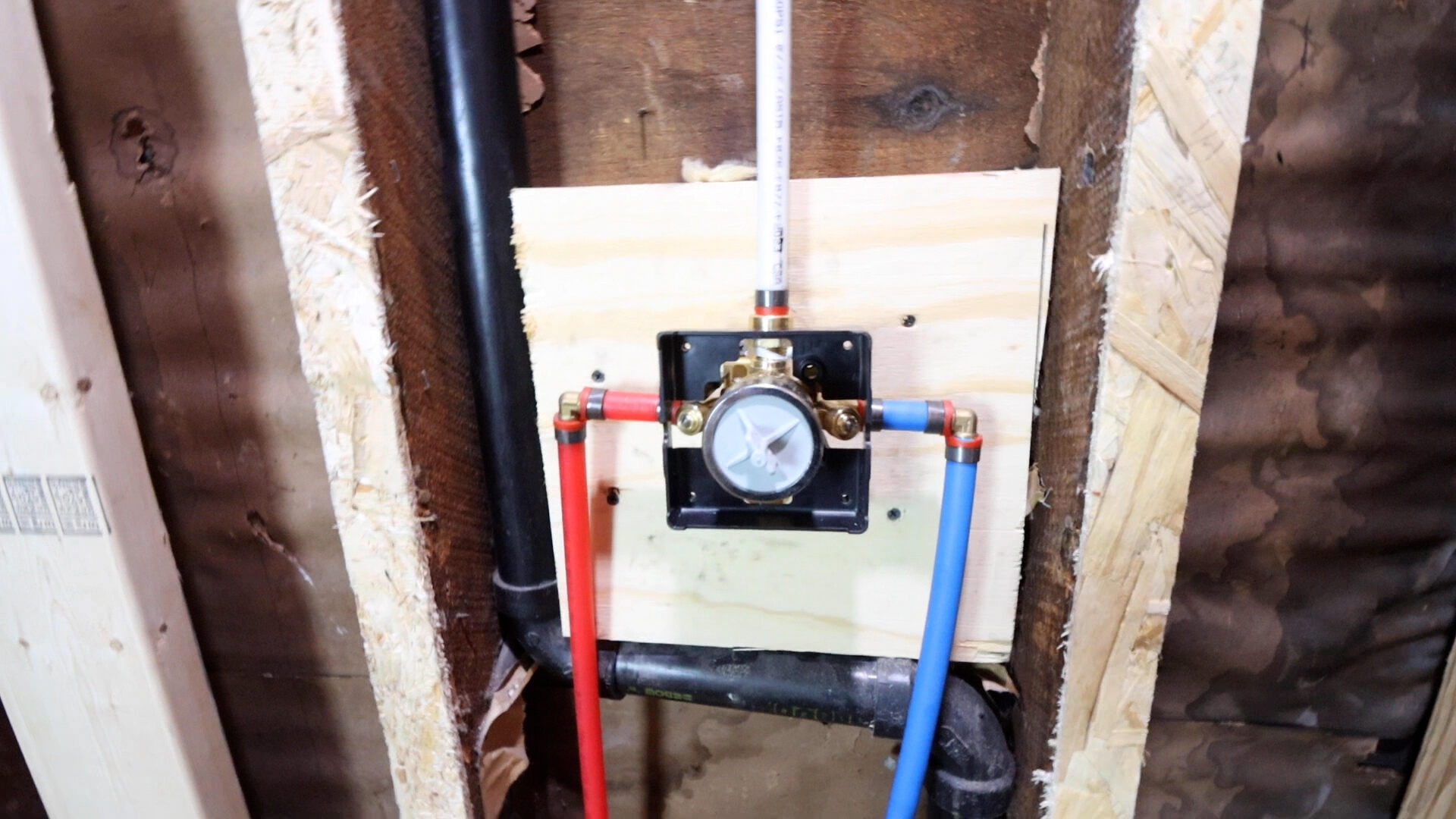
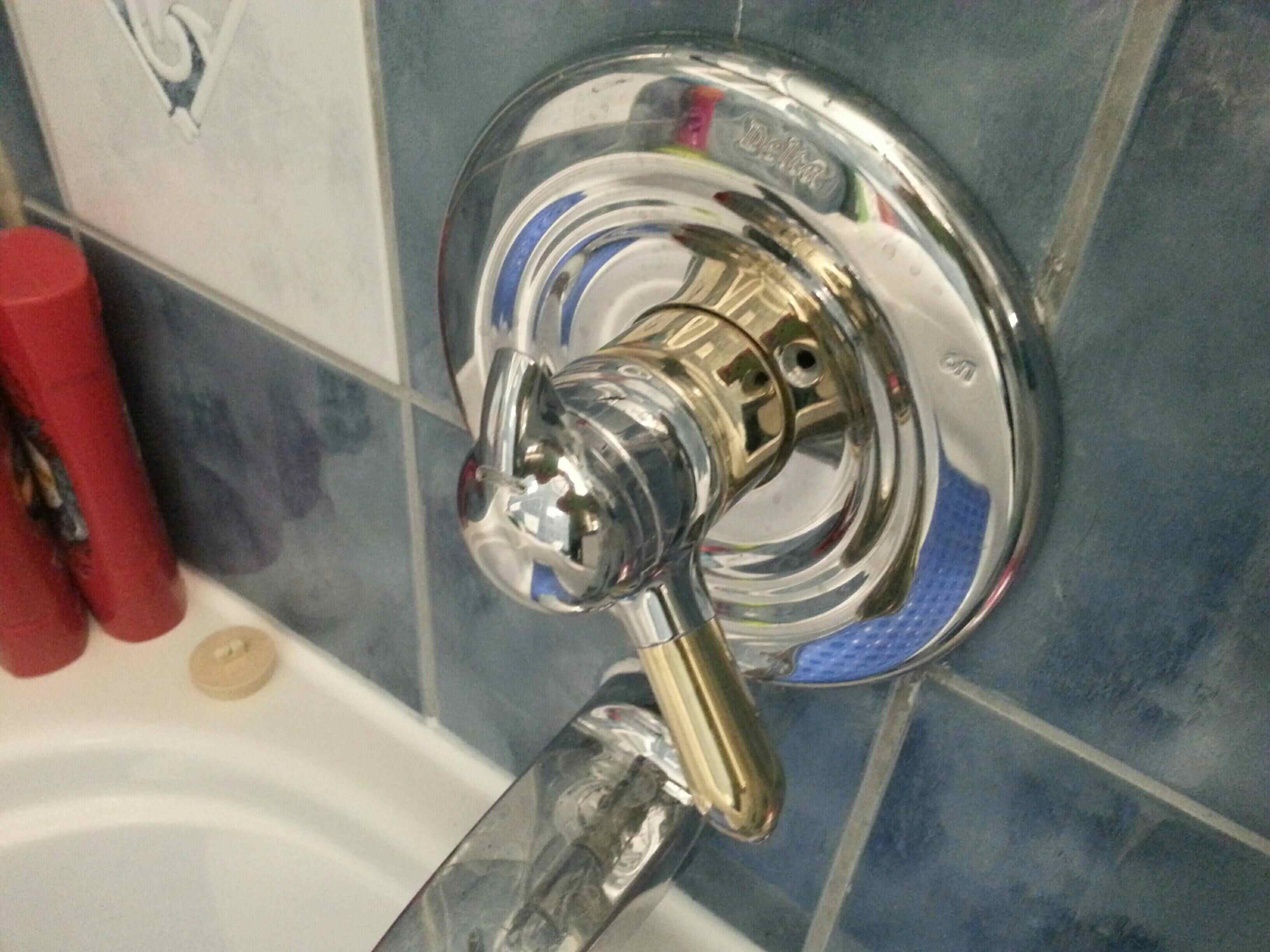

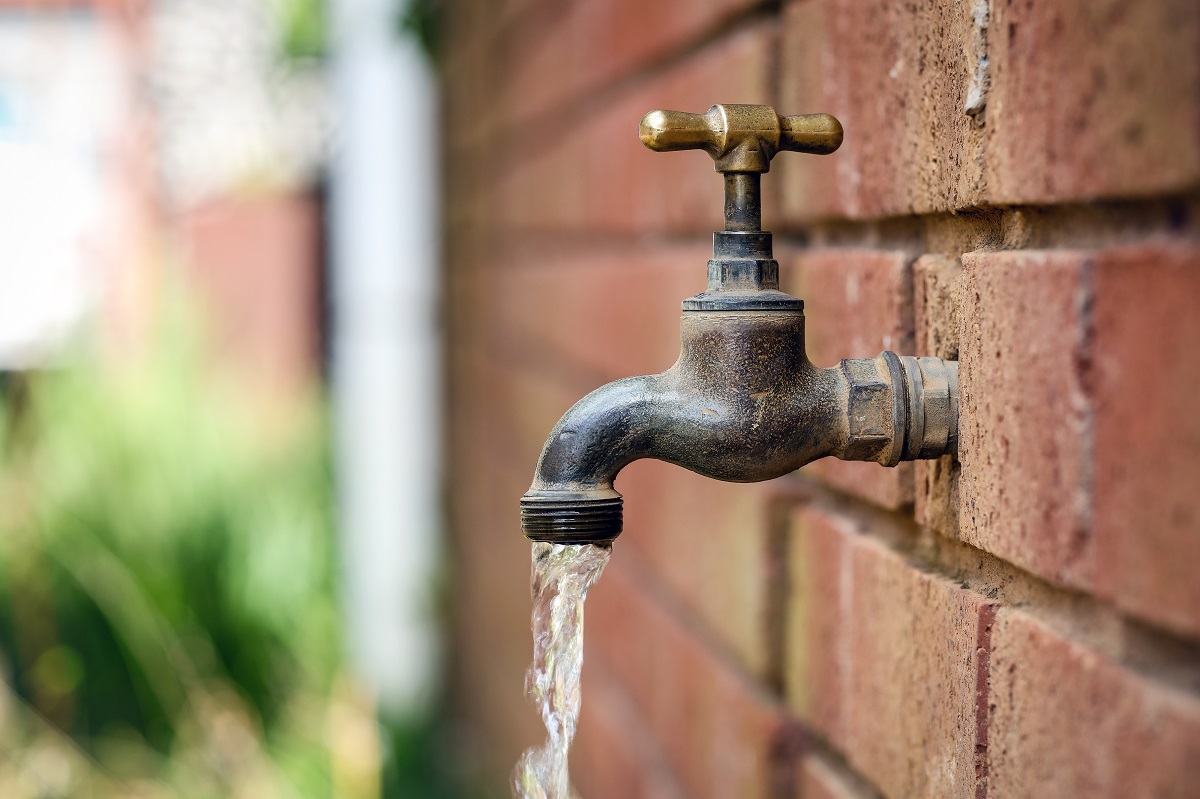

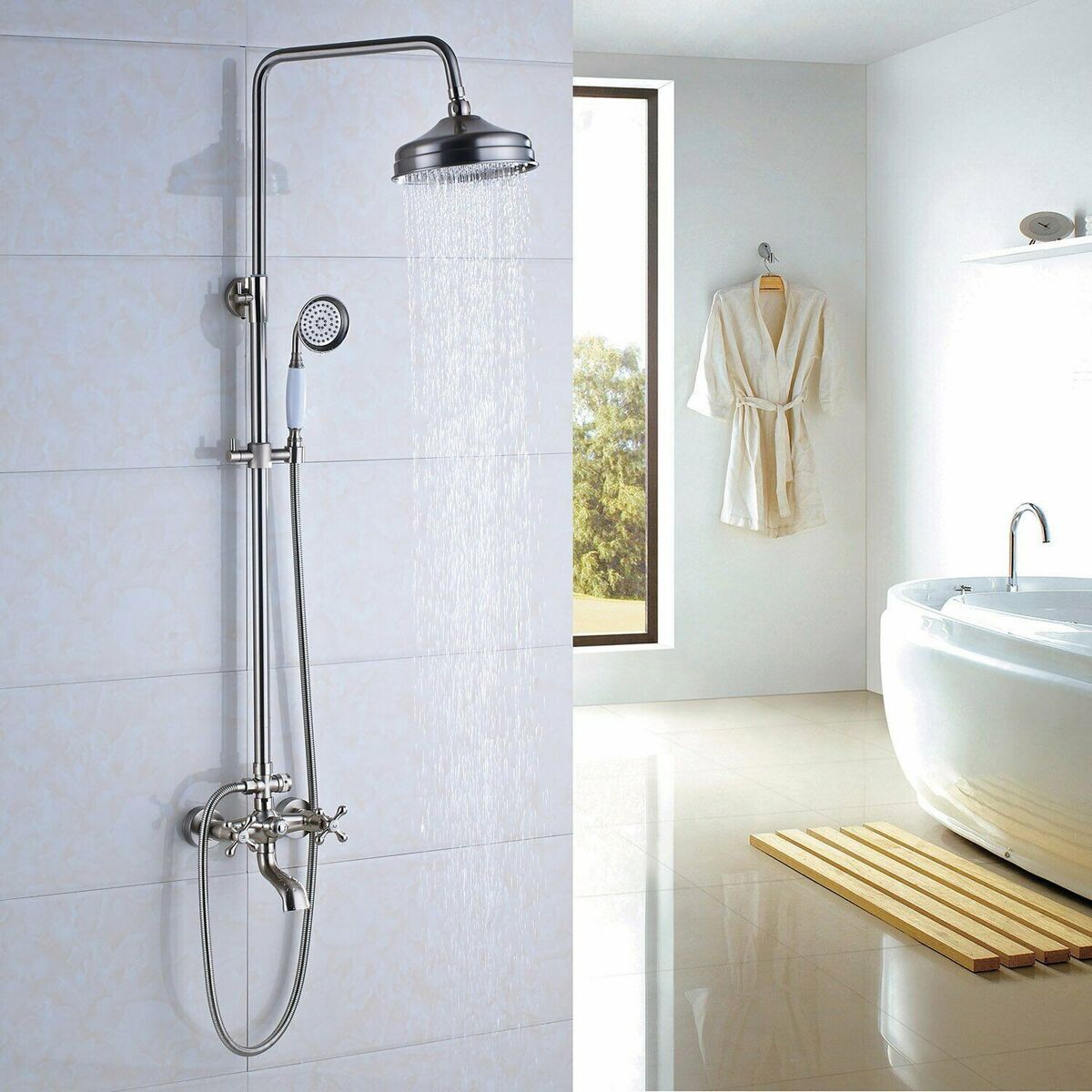
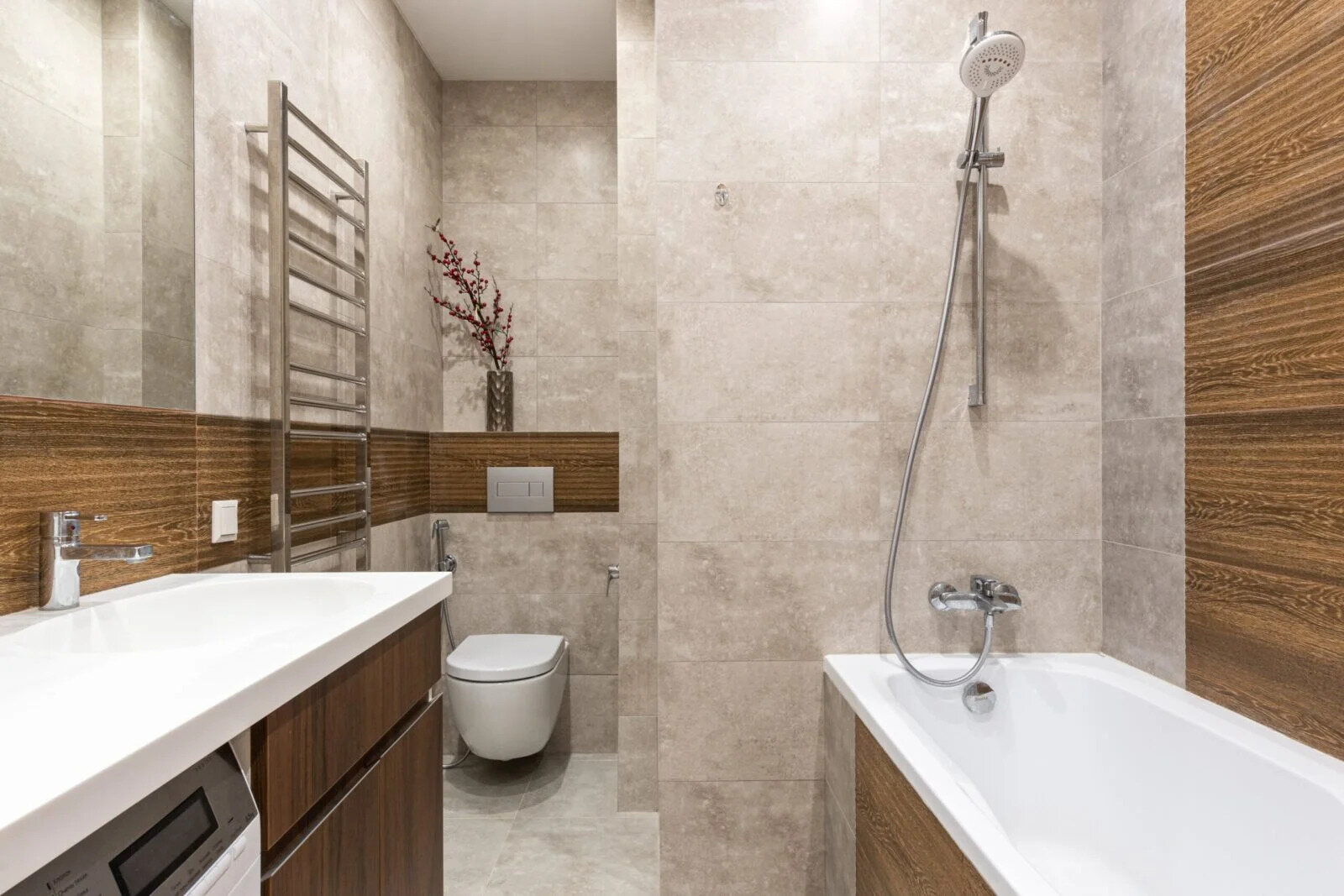
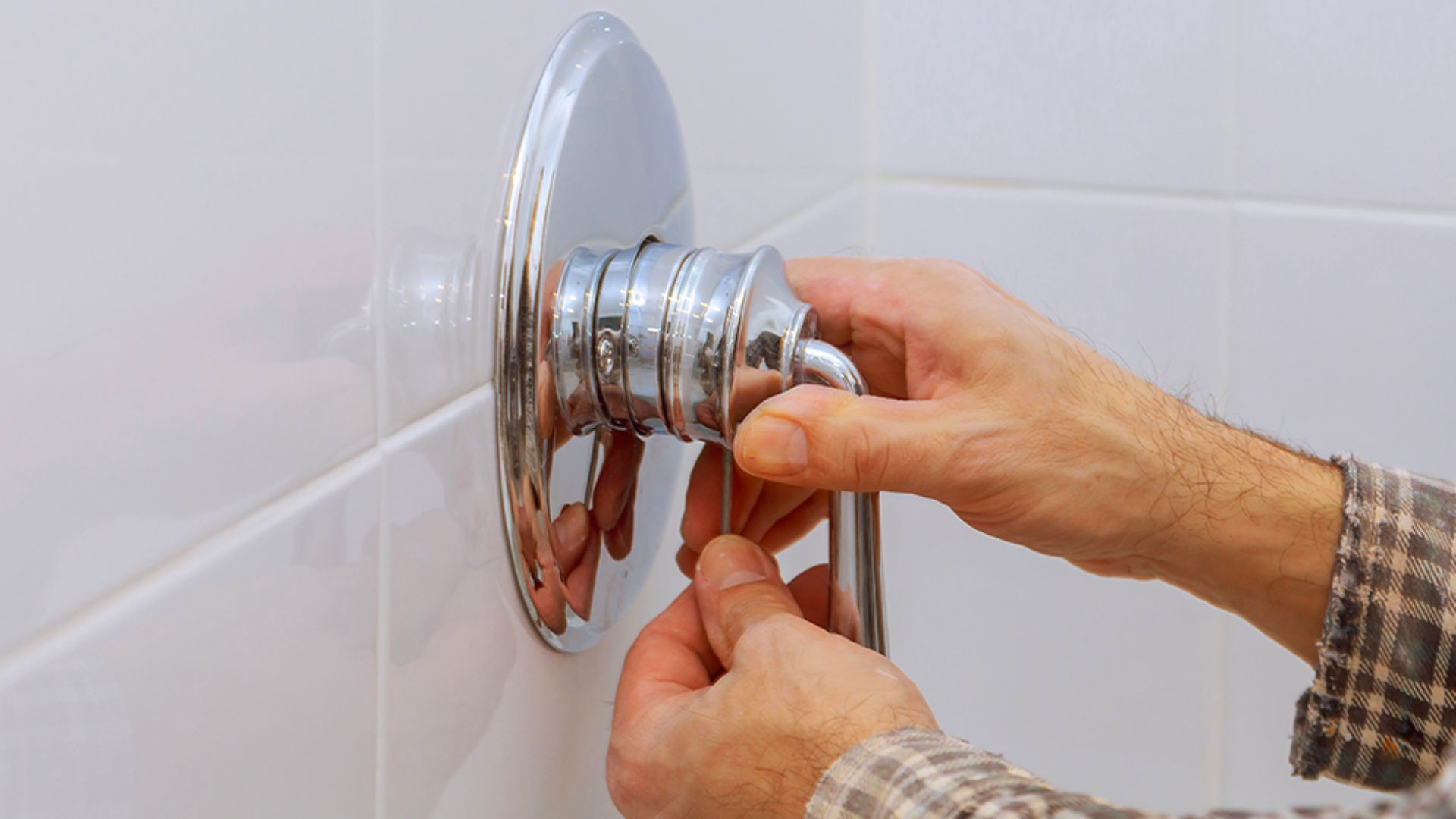
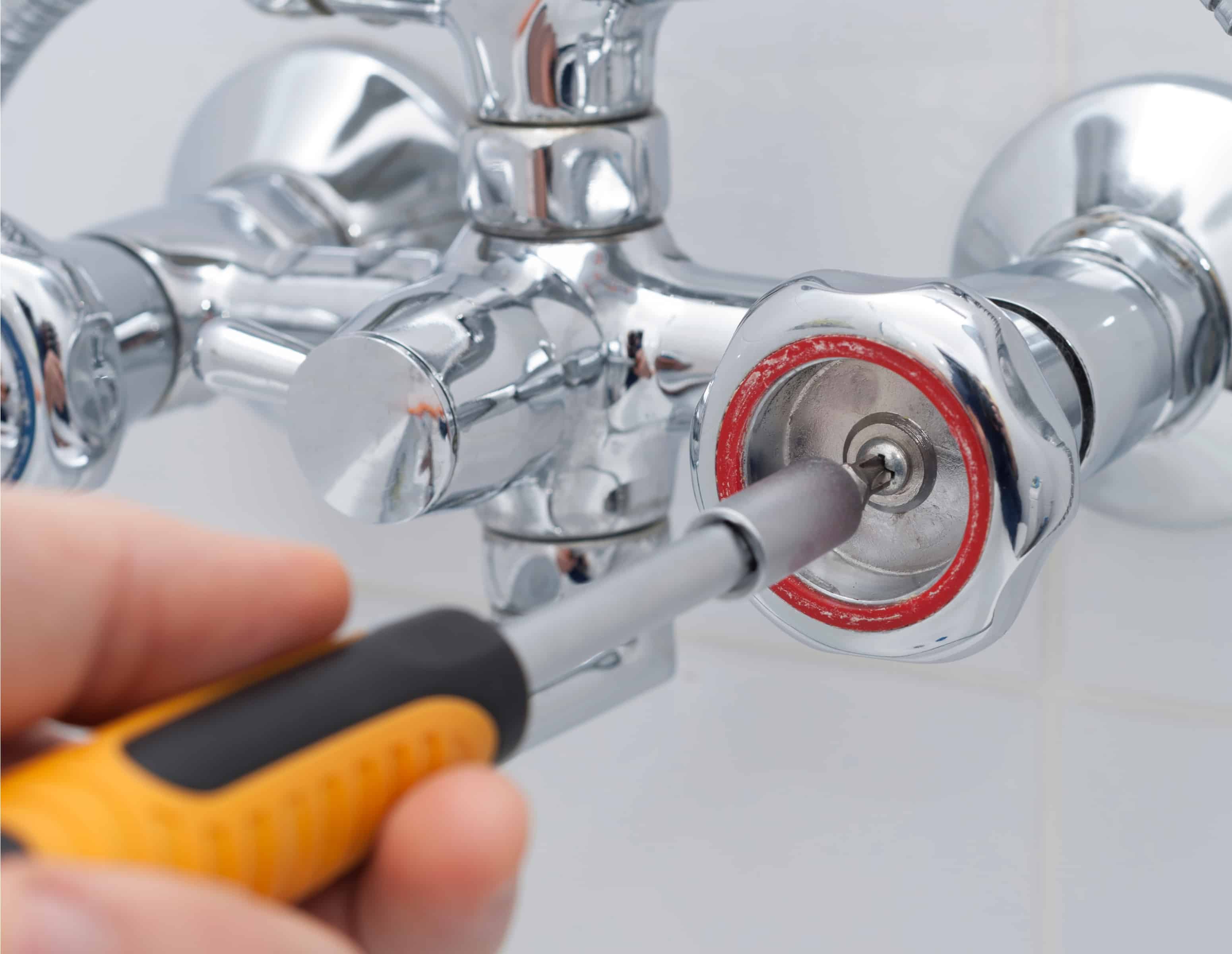
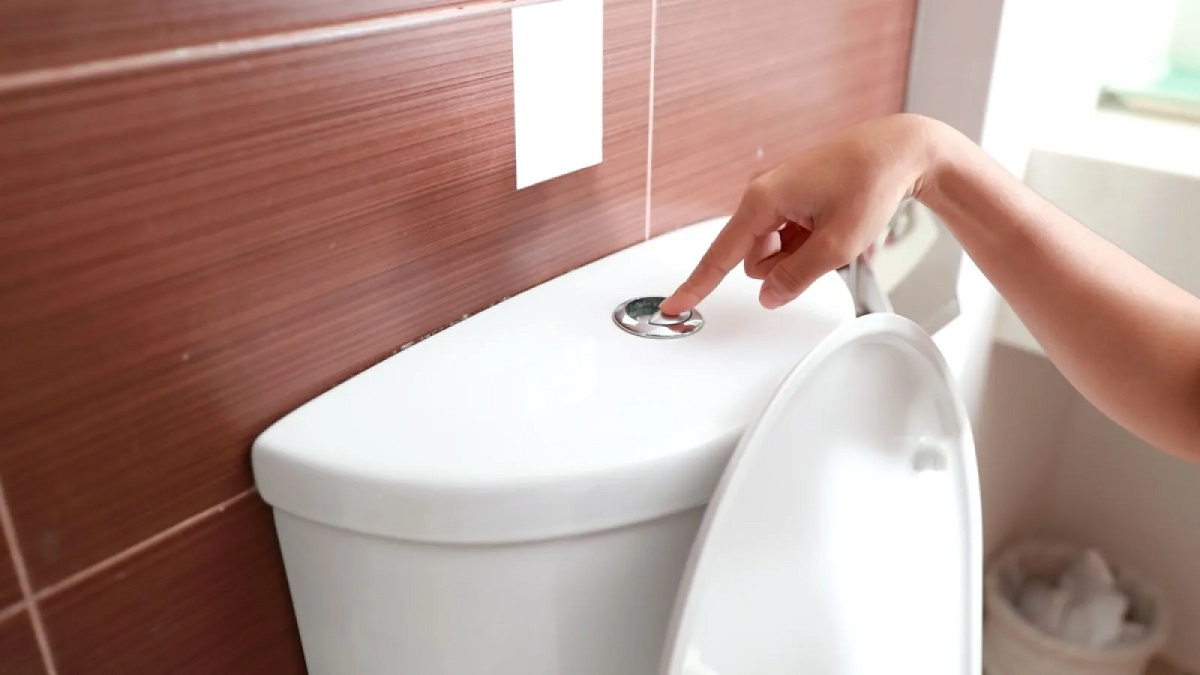
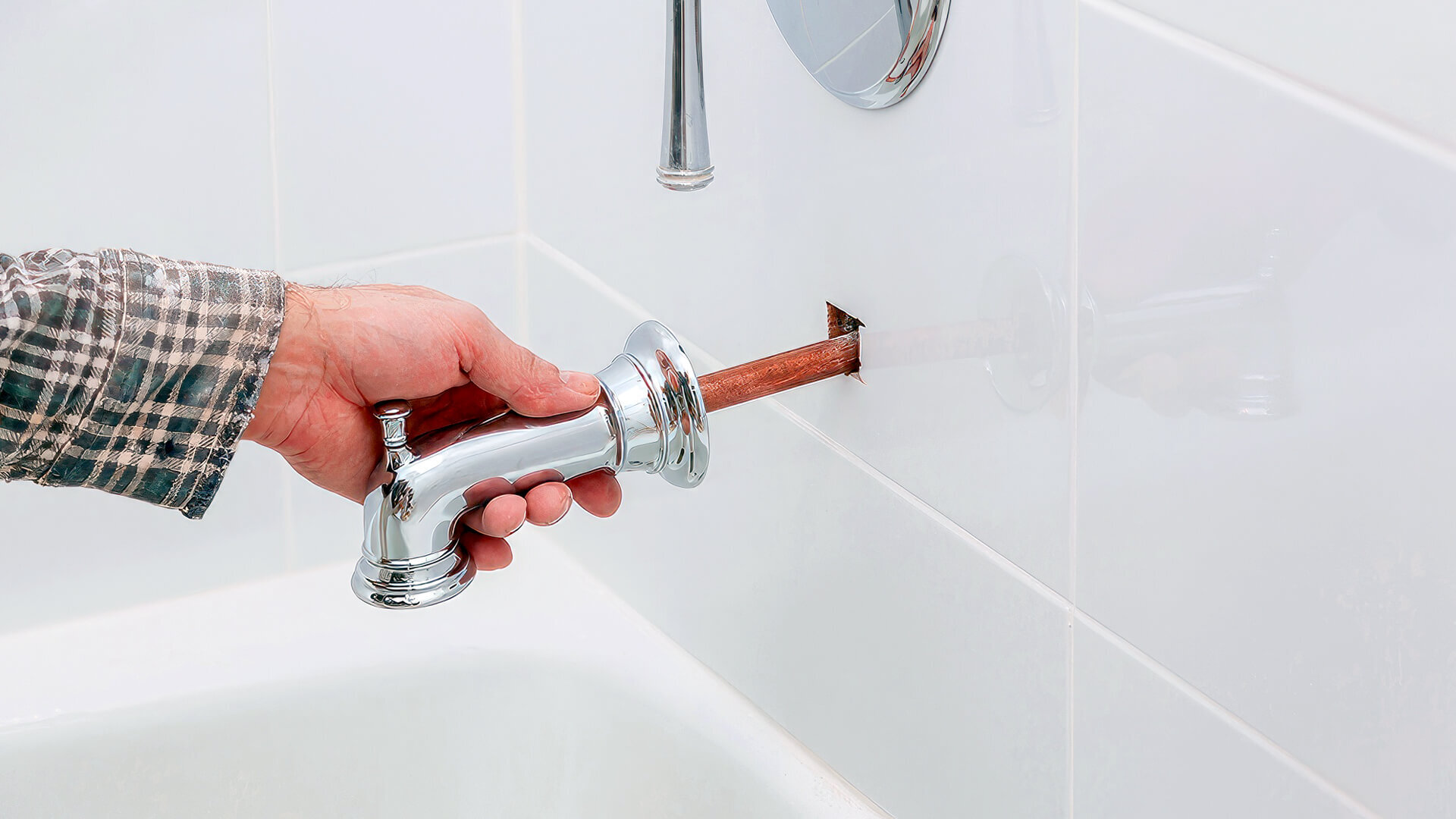
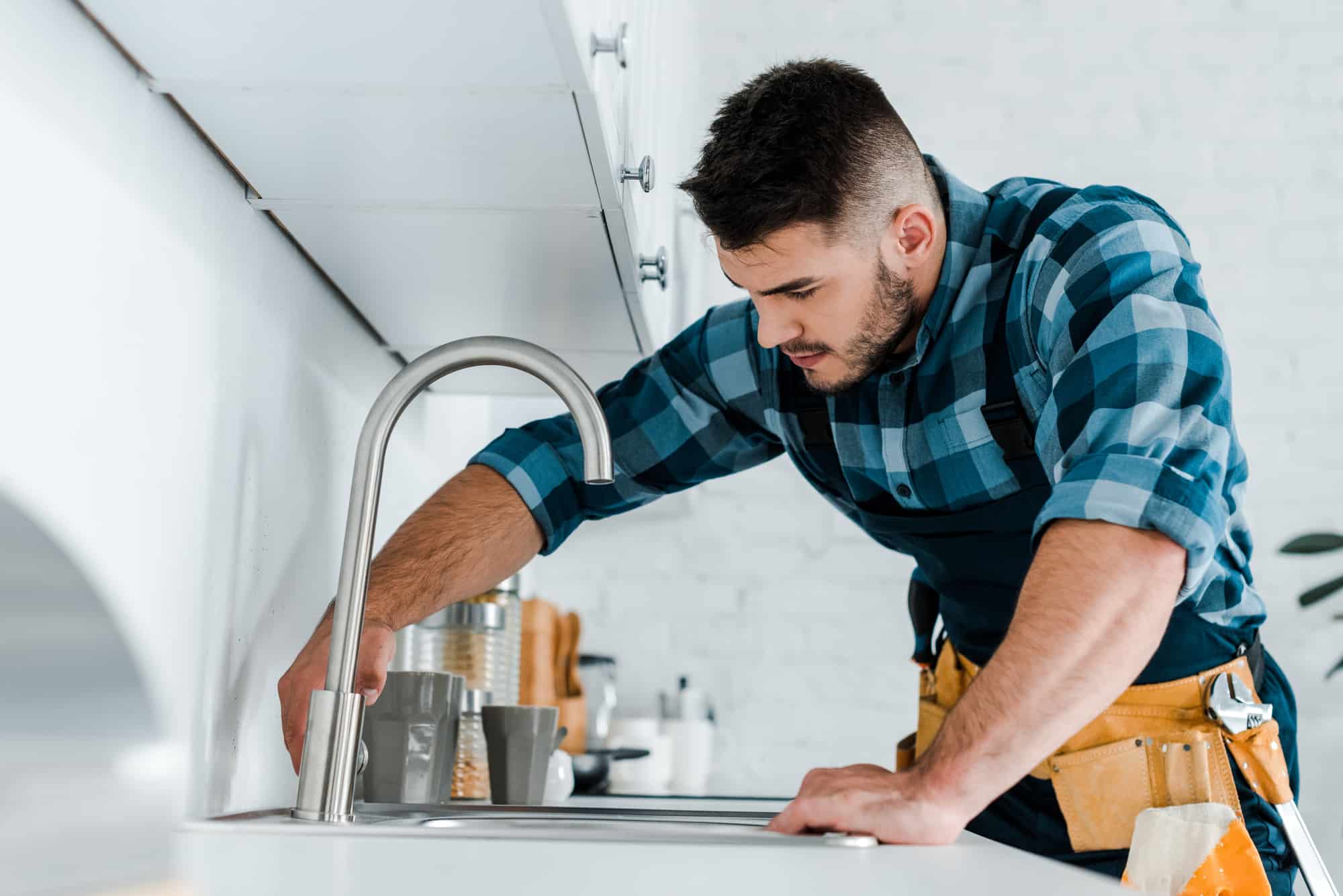
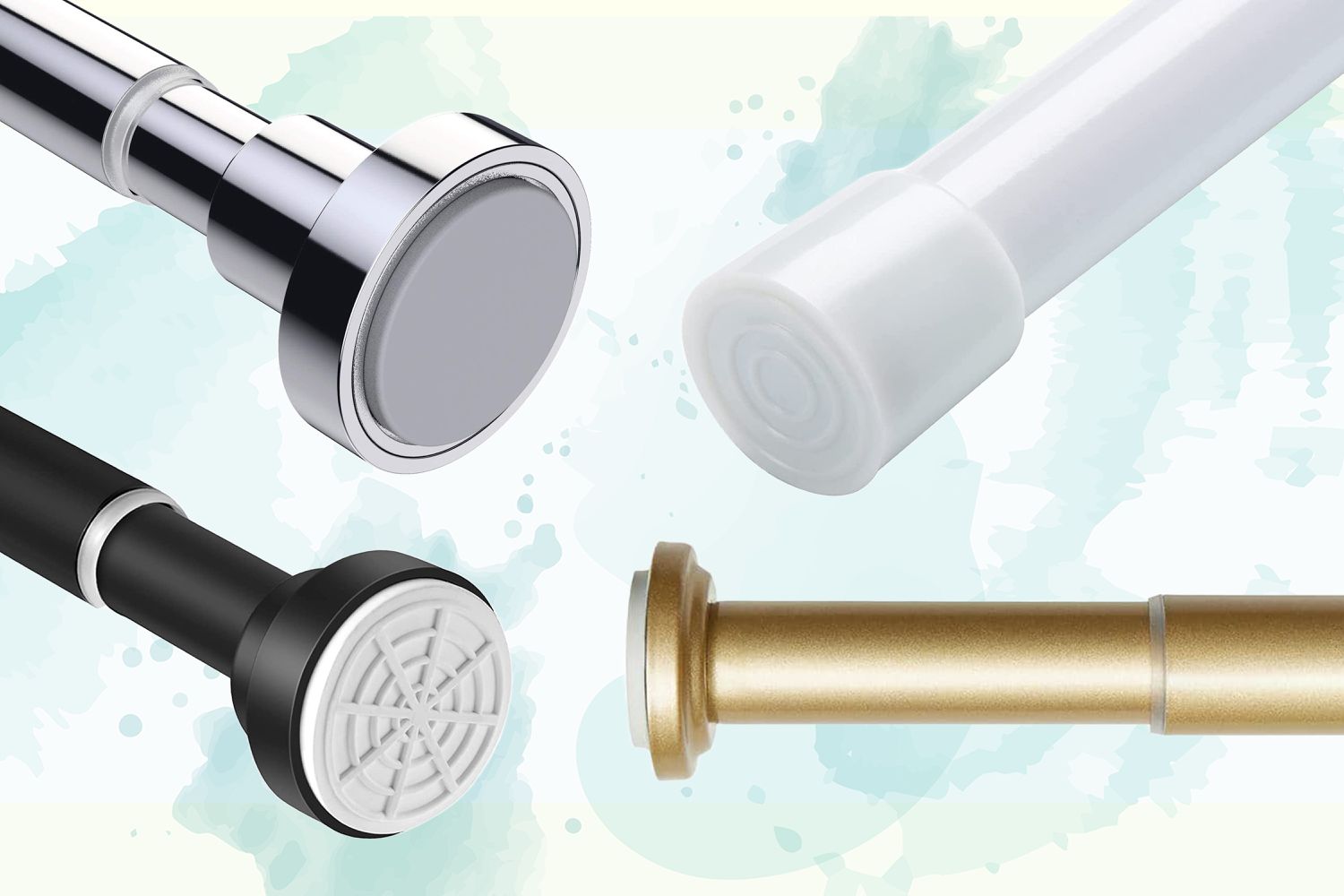

0 thoughts on “How Does Shower Faucet Work”